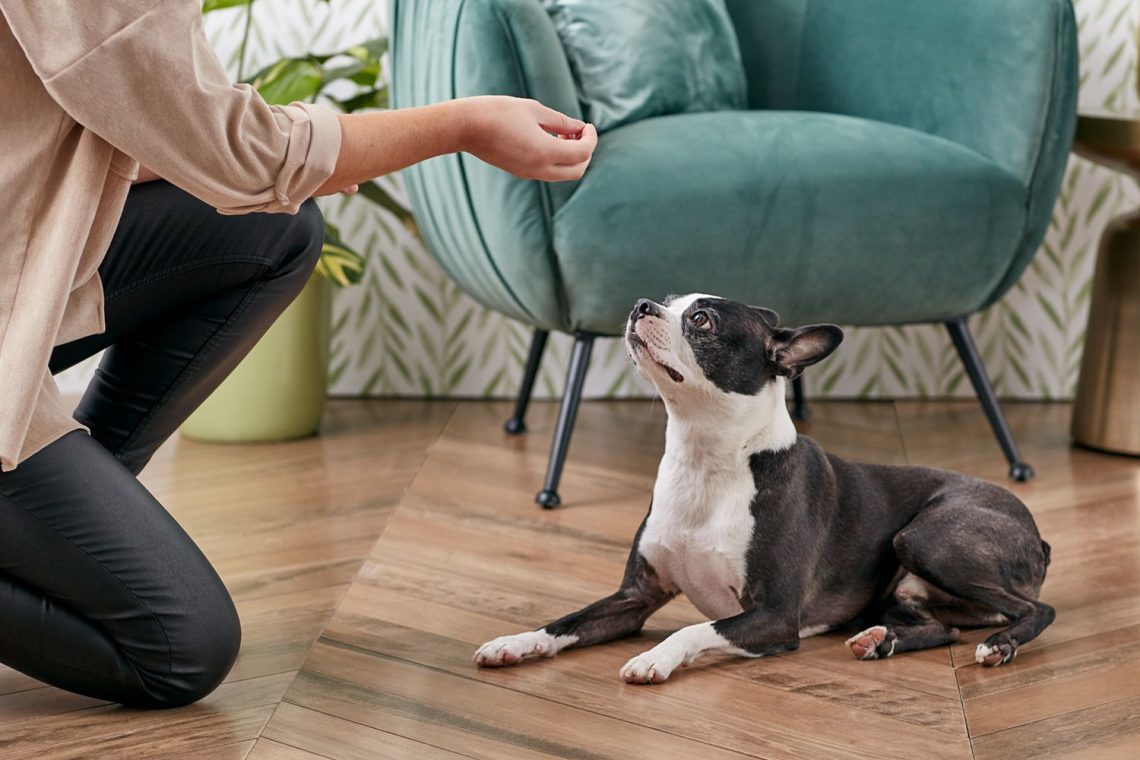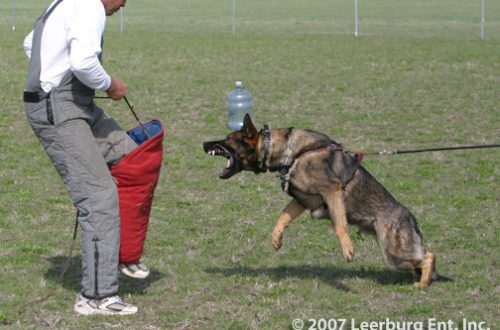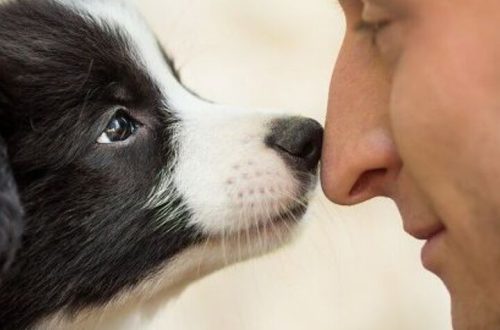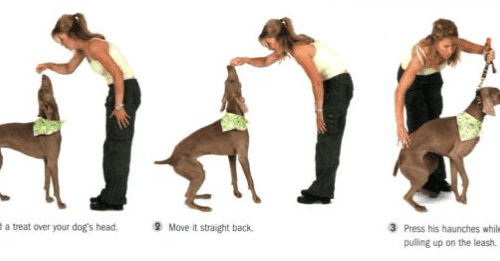
How to train small dogs?
Moreover, many small dogs are larger on the inside than the largest dogs. At least, they, these little ones, think so.
This I mean that the training of small and large dogs is methodologically no different. Both big and small are trained using the same methods, methods and techniques.
Particularly dissenting may say that small dogs are very gentle and rough with them and should not be beaten. Dissenting comrades, who told you that you need to beat the big ones and treat them rudely? Large ones are also perfectly trained without a whip, a whip and a whip.
That is, at dogs, regardless of their size, we first create a certain need, then, using appropriate training methods, we initiate the dog behavior we need, which we reinforce positively, satisfying the need. In connection with the satisfaction of an important need for the dog, behavior also becomes important and necessary for the dog. She easily remembers it and reproduces it with joy.
Most often in training we use the food need, the need for positive sensations, the need for physical activity, the need for play, the social need and the need for social approval.
In the same way as when training large dogs, when training small dogs, you can use the methods of selection of behavior, guidance, pushing, passive flexion, defensive behavior, imitation method, play behavior method and aggressive-defensive method.
However, the difficulty in training small dogs exists. True, it is easily removed. And lies in the fact that you need to bend low to a small dog. On the one hand, it’s good for the owner. It’s the same workout. After a couple of hundred slopes, any sciatica will bypass the side. On the other hand, the head may feel dizzy, and the spine may crackle.
To avoid bowing to your dog, get yourself a training table at a comfortable height for you. Put a dog on it and train it to your heart’s content. However, it must be said that, while performing commands on the table well, a dog lowered to the ground may not perform them very well. To solve this problem, make yourself a stick of a suitable length with a flat head on the end. When disobeying the dog, you need to lightly (easily and no more!) Push the dog with this stick. After a couple of classes, the wand is no longer needed.
An extremely good way of selecting behaviors is when the trainer reinforces positively the desired behavior and ignores all unnecessary behaviors.
For example, wait until your dog is hungry. Take a treat in your hand and when you are sure that the dog has noticed it, straighten up and stand looking at the dog. Whatever the dog does, don’t react. But, as soon as the dog sits down – and sooner or later he will do it, because he will become bored – immediately lean over to him and feed him, while sitting, 2-3 pieces. Then stand up and move away from the dog for a couple of steps – so that the dog gets up and follows you. Again, wait for her to sit down. Repeat what is described above.
After 5-6 such repetitions, you will notice that the dog begins to sit in front of you faster and faster. So you trained the dog to sit. It remains to enter the command. But that’s another story.
It is possible to train a dog using a behavior selection method using a clicker, a conditional sound positive food reinforcement. A wonderful and very effective method that is used in all courses and all areas of dog training.
To make the dog do what we want faster, we can use various kinds of targets. In our case, the target is what you want to possess, what you want to catch up with and what you want to touch. Take a pointer (suitable stick, extendable pointer, etc.) or buy a specially designed target for training. Rub the thickening of the target with something tasty or attach a tasty piece for the dog there. Show the dog. As soon as the dog stretches and touches the thickening of the target, feed him a piece or two of treats. Present the target to the dog again. Let her know that by touching the thicker target, she will get what she dreamed about during the long winter nights. And that’s it. By manipulating the target, you can teach your dog a lot.
Complex skills can be created and reinforced through selection by successive approximation. At the same time, we break complex skills into simple elements and work them out sequentially with the dog.
With small dogs, you can easily master such courses as “Companion Dog” (VD), “Mini OKD” or “Educational Training”. If you wish, you can create your own training course from those skills that you consider necessary for your small dog.
Photo:





